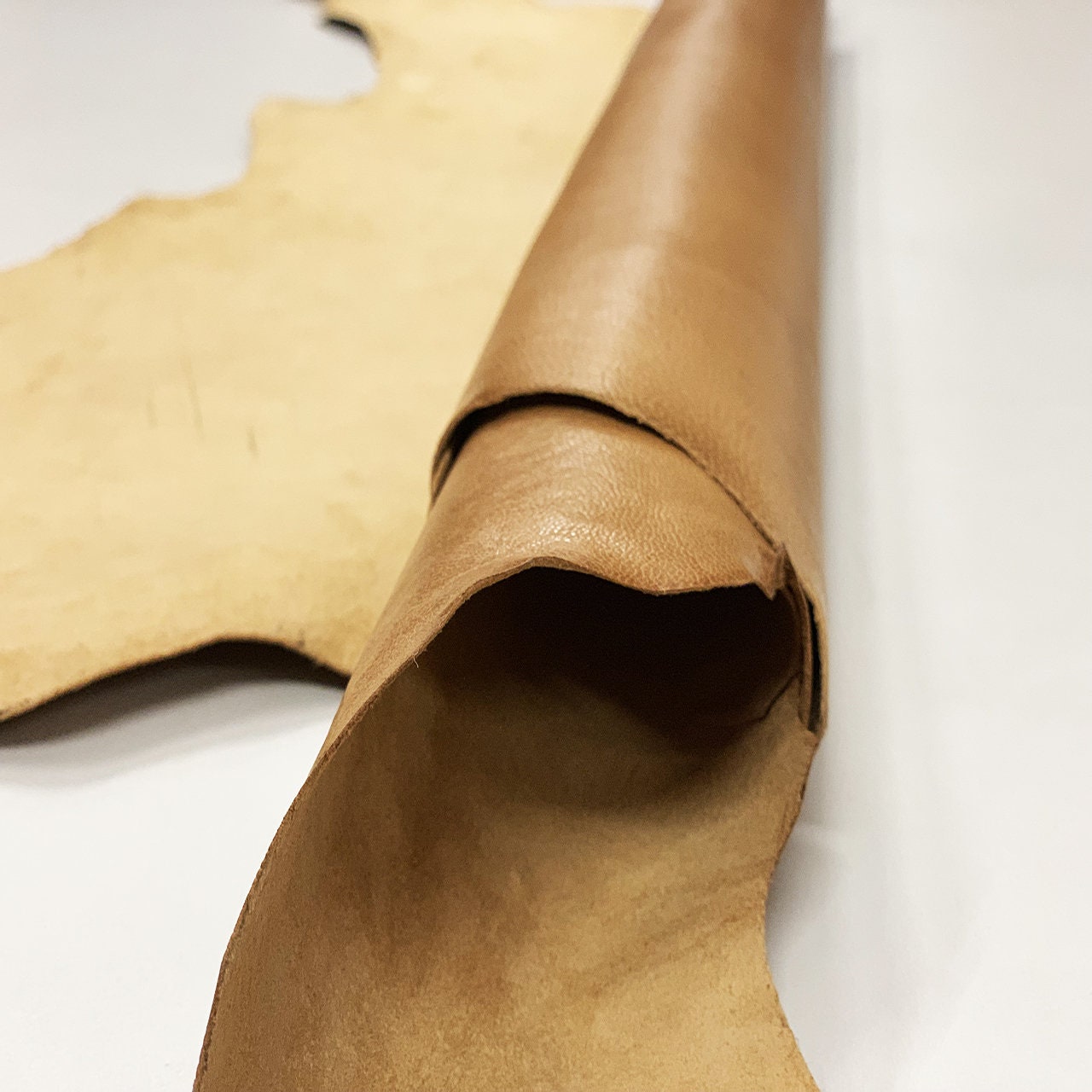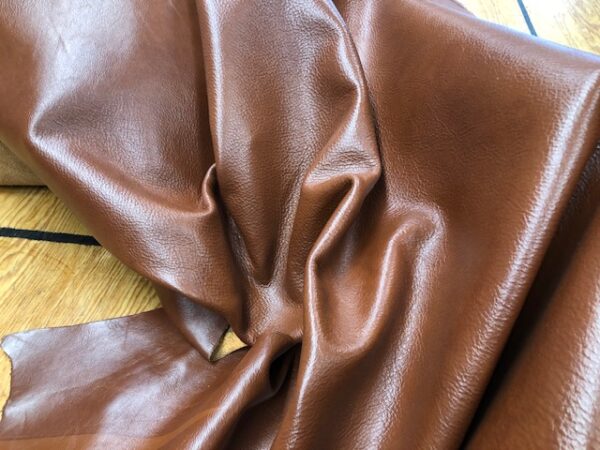

In the 2015–16 financial year, it increased to $1,160 million. In the 2014615 financial year, Bangladesh earned $1130 million by exporting leather and leather products. In the 2019–20 financial year, income from leather and leather products was $797.60 million. Keeping to the Export Promotion Bureau, in the 2020–21 financial year, leather and leather product export fetched $941.60 million, which was 2.36 per cent more than the target.
#LEATHER HIDES FULL#
But because of various complications, a full launch has not been possible. The industries ministry undertook a project through the Bangladesh Small and Cottage Industries Corporation to build an environmentally-friendly leather industrial estate with the construction of a modern central waste treatment plant. It is a potential sector in terms of the growth of national income, foreign exchange earnings through exports, employment and value addition. The hope is that leather and leather products are an export-oriented industry based on domestic raw materials. Many entrepreneurs in this sector are defaulters with banks and that is why they have not been able to get loans afresh. Owners of small tanneries who left Hazaribagh have not yet been able to start business on their own plots at Savar. In this case, because of various complications, tannery and leather goods manufacturing companies of Bangladesh do not qualify to apply for the certification by meeting the conditions. The UK-based Leather Working Group usually certifies whether leather goods are produced in an environmentally-friendly manner. Many buried hides as no leather buyers were found in some areas. In the past two to three years, it went downhill and many people could not sell the hide. Since 2017, progress in the leather sector has been declining and the catastrophe in rawhide prices started taking place in 2015, when the price of cowhide dropped to Tk 50–55 a square foot and goat hide to Tk 20–22.

However, in the absence of environmental compliance in leather processing and production, the demand for Bangladeshi leather products has never grown on the international market. Only a handful of traders have no other ways but to remained engaged in hide trade during the season. Traders say that over the years, a third of traders have switched to other businesses. All in all, the leather business is in a deep slump. Many warehouse keepers and hide traders have left the business as owners of the tanneries have not paid dues in arrears. Big brands of Europe and America are not buying hides from Bangladesh as pollution in leather processing has not stopped. But since then, prices of hides have fallen on the international market. In 2014, the price of 3,000 hides was around Tk 1 crore ie, the average price of each hide was Tk 2,500–3,300. Goat hides were not sold for more than Tk 10. Traders also say that if someone brings a small-sized cow hide, the price overs around Tk 100 only. However, most were reluctant to buy small-sized cow hides and goat hides. Medium-sized cow hides were sold for Tk 300–750 per piece and large-sized cow hides for Tk 800–1,150. Media reports say that small cow hides were sold for Tk 200–250 in the Old Town of Dhaka. But their hope shattered as cow hide not treated with salt was sold much like the previous occasion. Seasonal traders and madrassah and orphanages hoped to get an increased price for cow hide on the occasion. The price of he-goat hide was set at Tk 18–20 a square foot and of she-goat hide at Tk 12–14. THE commerce ministry before Eid-ul-Azha set the price of rawhide treated with salt at Tk 47–52 a square foot in Dhaka and Tk 40–44 outside. SUNAMGANJ HAOR EMBANKMENT PROJECTS 40pc works still to be done as deadline missed.New, outlying district public univs failing to woo students.Not for anyone to walk dully along, and away.Foreigners working illegally go unchecked.Follies in following in the footstep of Hindi.Indian media report warrants no response: foreign ministry.



 0 kommentar(er)
0 kommentar(er)
